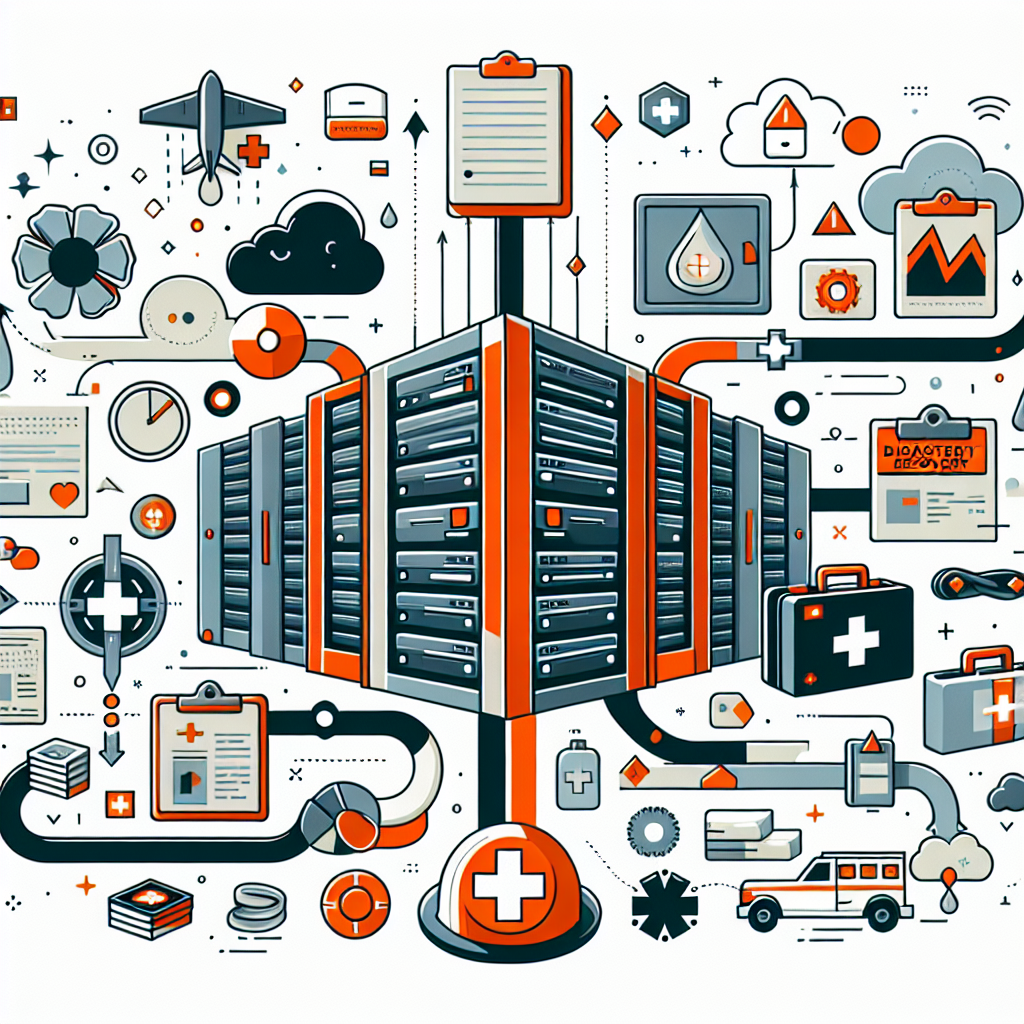Your cart is currently empty!
Why Data Center Documentation is Critical for Disaster Recovery Planning

Data centers are the nerve center of any organization, housing critical infrastructure and data that are essential for day-to-day operations. In the event of a disaster, such as a natural calamity or a cyberattack, having a robust disaster recovery plan in place is crucial to ensure business continuity. And at the heart of any effective disaster recovery plan lies comprehensive documentation of the data center.
Data center documentation is the detailed record of all the hardware, software, and configurations that are present in the data center. This documentation serves as a blueprint for IT personnel to understand the layout of the data center, the interconnections between various components, and the procedures for troubleshooting and maintenance. Without proper documentation, IT teams may struggle to quickly identify and resolve issues in the event of a disaster, leading to prolonged downtime and potential data loss.
Here are some reasons why data center documentation is critical for disaster recovery planning:
1. Rapid Response: During a disaster, every second counts. Having up-to-date documentation of the data center allows IT teams to quickly assess the situation and determine the best course of action to restore services. This can help minimize downtime and mitigate the impact of the disaster on the organization.
2. Accountability: Documentation provides a clear record of the hardware and software configurations in the data center. This can help IT teams identify any unauthorized changes or discrepancies that may have occurred, allowing them to take corrective action and prevent similar incidents in the future.
3. Compliance: Many industries have strict regulations regarding data protection and disaster recovery. Proper documentation of the data center ensures that the organization is compliant with these regulations and can provide evidence of due diligence in the event of an audit.
4. Training and Knowledge Transfer: Data center documentation serves as a valuable resource for training new IT personnel and transferring knowledge from experienced staff. By documenting procedures and best practices, organizations can ensure that their IT teams are equipped to handle any disaster scenario effectively.
5. Risk Management: By documenting the data center infrastructure and configurations, organizations can identify potential points of failure and vulnerabilities that may impact disaster recovery efforts. This allows them to proactively address these issues and implement measures to mitigate risks.
In conclusion, data center documentation is a critical component of disaster recovery planning. It provides IT teams with the information and resources they need to respond quickly and effectively in the event of a disaster, minimizing downtime and ensuring business continuity. Organizations that prioritize data center documentation are better equipped to handle unforeseen events and protect their most valuable assets – their data.

Leave a Reply